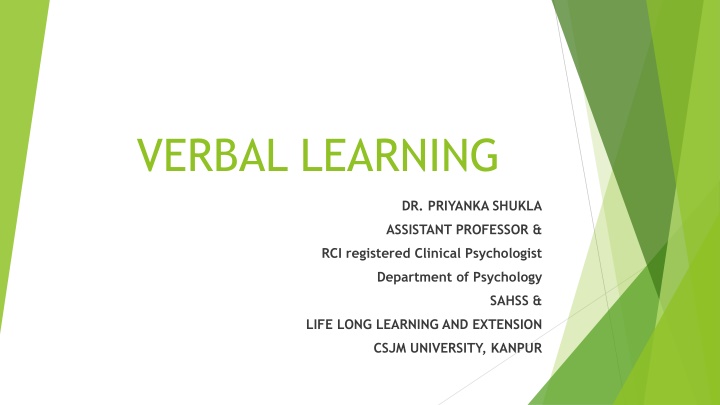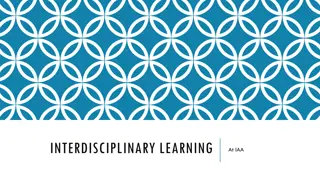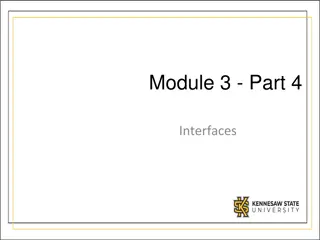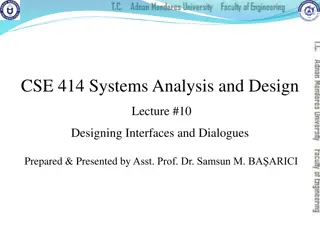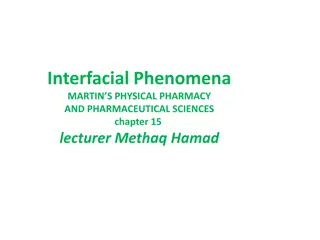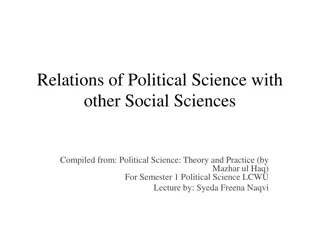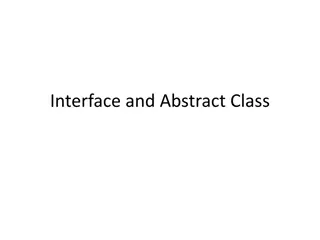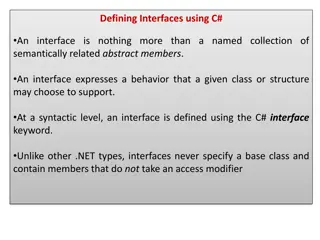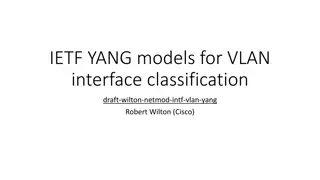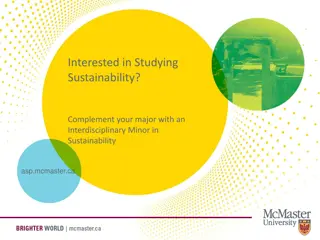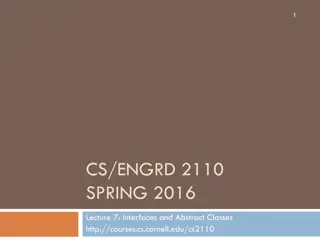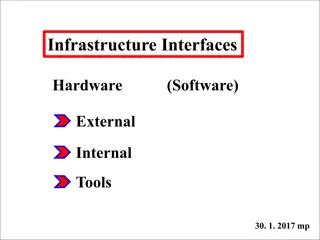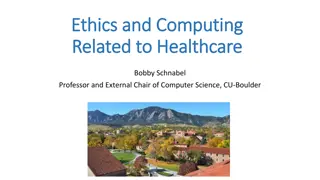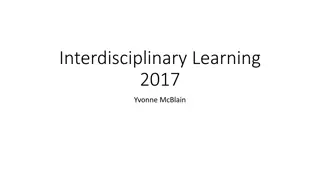Strategies for Interdisciplinary Learning at Computing/Life Science Interfaces
Flipping, sprints, and scenarios are key strategies for promoting interdisciplinary learning at the interfaces of computing, life science, and medicine. Motivational insights on humor, learning new things, and collaborative learning are discussed. The approach involves structured assessment, group work, clear learning objectives, formative feedback, and staged mini learning sprints. Typical teaching materials and strategies for training clinical bioinformaticians are also outlined.
Download Presentation

Please find below an Image/Link to download the presentation.
The content on the website is provided AS IS for your information and personal use only. It may not be sold, licensed, or shared on other websites without obtaining consent from the author.If you encounter any issues during the download, it is possible that the publisher has removed the file from their server.
You are allowed to download the files provided on this website for personal or commercial use, subject to the condition that they are used lawfully. All files are the property of their respective owners.
The content on the website is provided AS IS for your information and personal use only. It may not be sold, licensed, or shared on other websites without obtaining consent from the author.
E N D
Presentation Transcript
VERBAL LEARNING DR. PRIYANKA SHUKLA ASSISTANT PROFESSOR & RCI registered Clinical Psychologist Department of Psychology SAHSS & LIFE LONG LEARNING AND EXTENSION CSJM UNIVERSITY, KANPUR
VERBAL LEARNING: The term verbal learning denotes a field or inquiry in which the focus of interest lies in the phenomena and processes by which individual come, through practice, to link two verbal items together, to learn the sequence in which a set of verbal items occurs, to differentiate between verbal items or to recall a set of items without regard for the order in which they occurred originally. - Cofer
Verbal learning is the process of actively memorizing new material using mental pictures, associations and other activity. Verbal learning was first studied by Hermann Ebbinghaus, who used lists of nonsense syllables to test recall.
MATERIALS USED IN THE STUDY OF VERBAL LEARNING: Nonsense syllable or CVC trigram Consonant syllable or CCC trigram Multi syllable nonsense units
Psychologists, described below five measures to assess the significance level in verbal learning: Association values Meaningfulness Familiarity Imagery Frequency
METHODS OF VERBAL LEARNING: Method of serial learning or sequential learning Method of free recall Method of prompting and anticipation Method of paired associated learning Method of recognition learning
